In this 8 part blog series, we are here to break down the details for you! This post is all about your Stationery needs.
01. S.T.D – A.K.A SAVE THE DATE
Save The Dates are simply just that! Letting guests know that they can expect to be cordially invited to the wedding and will allow them plenty of time to reserve the date on their busy calendar. For destination weddings or weddings that will fall around holidays, we recommend sending them out 9 months prior to the date. For weddings that will happen where the majority of guests are close to the venue, 7 months is sufficient. It is also important to include a wedding website that will include travel information and important times. This one below includes an access code for the website to keep the wedding details private for non-invited guests.
Photos: Samantha James Photography
*Information redacted to protect our client’s privacy
02. Invitation Suite

Photography: Courtney Kent Photography
Invitations: Ciarra Claire Fine Art
Wedding Invitation
- Who is hosting: The couple or couples parents
- Date, time and location
- Type of reception (cocktail or formal) with dress code if applicable
Reception Card
- Cocktail/Hor’dourves hour time and location
- Dinner Served time
Response Card
- The date the guest must RSVP by
- Will they be attending? Make sure there is a line indicating their response
- Meal Selection choices
- Dietary restrictions line
Accommodations Card with Directions/Map:
This card can be split into two separate cards for a more formal wedding. Often called, “The Details Card” this should include transportation information if there will be guest shuttle services, brief information regarding wedding room blocks and a link to a wedding website for more information.
Weekend Itinerary
While this card isn’t a necessity, it’s always helpful to share the details with your wedding party or include a card in guest welcome bags!
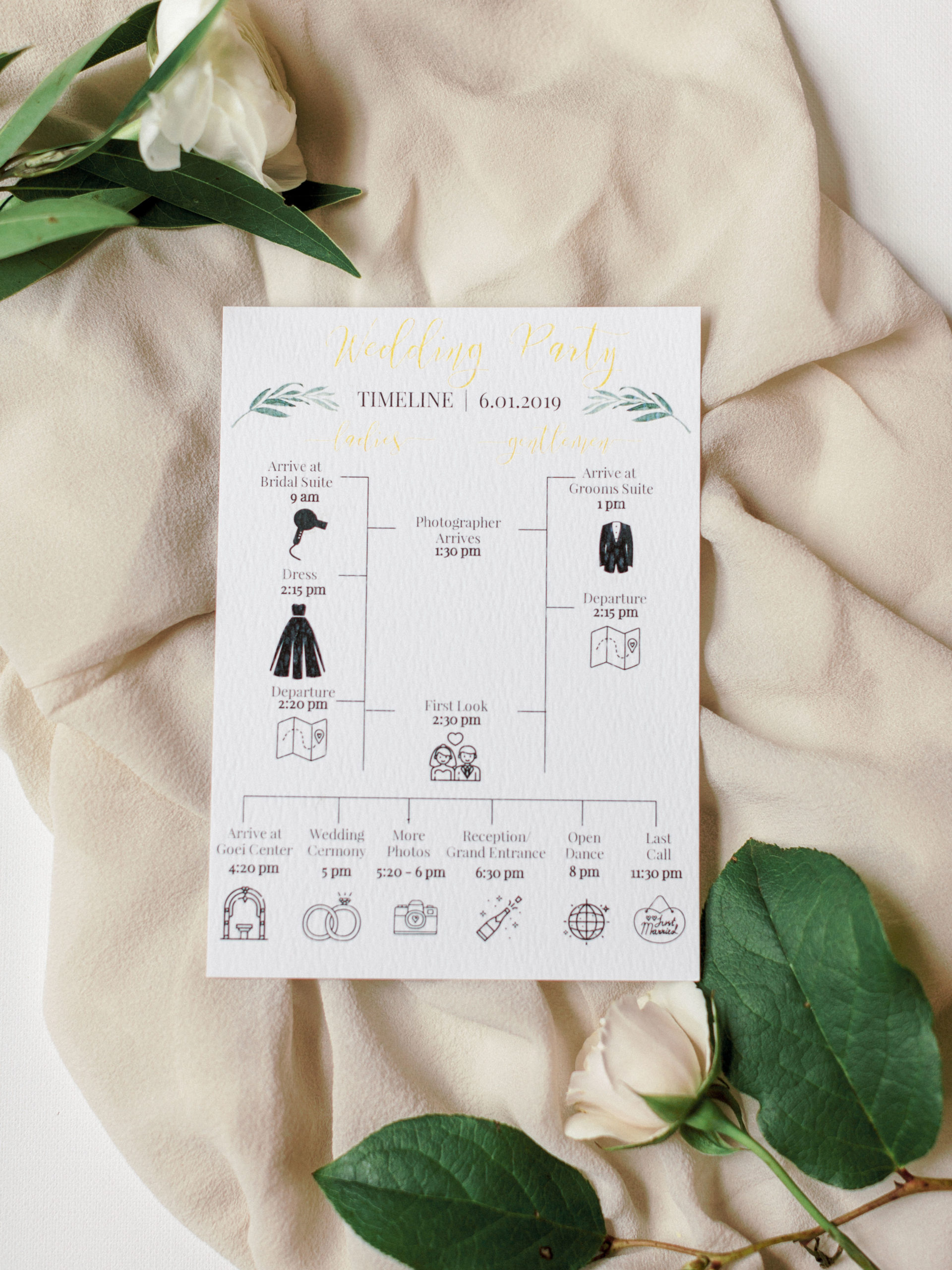
Photos: Samantha James Photography
Outer Envelopes and Inner Envelope
Yes, two envelopes! For formal invitations, the standard practice includes two. Outer envelopes have the family’s name and address on them. They should be sturdy enough to hold all of the beautiful contents inside. Inner envelopes are a way to detail out each of the guests who are invited as well as include a beautiful envelope liner (See liners below!) Inner envelopes are an added benefit, however, they not necessary to create a beautiful invitation but they sure do add an elegant touch to your overall presentation.
Postage
Remember, the more items you include in your invitation suite, the heavier it will be resulting in a higher charge. Additionally, things like wax seals will result in extra handling fees as these items will have to be hand canceled as they can not go through the USPS machine. On average, you will need to budget around $70-$100 per 100 invitations.
03. Wax Seals
A wonderful way to add some flare to spice up your wedding invitations!
Photo: K.R. Moreno Photography
04. Invitation Belly Bands, Wrap, Ribbon and Envelope Liners
These items are again not necessary, however, they can turn an ordinary invitation into a stunning work of art!
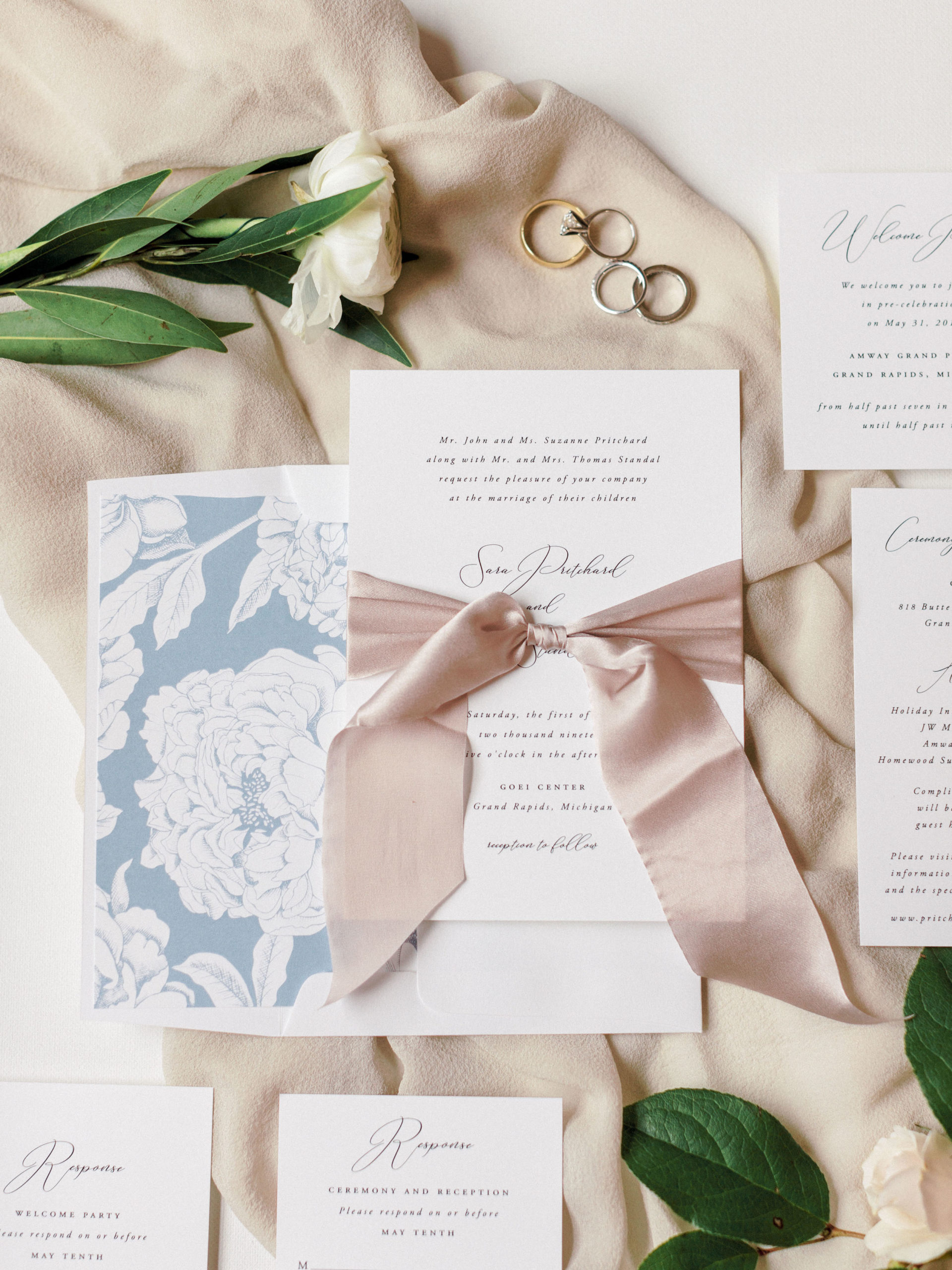
Photos: Samantha James Photography
05. Escort/Seating Chart vs. Place cards and why you may need them
Seating Chart and Escort Displays
These can be a large display piece (get creative with this!) or the classic tented cards on a table. These items are typically placed either at a cocktail hour or just inside the guest entrance into the reception and will instruct guests as to what table they will be sitting at. We recommend at a cocktail hour so guests know where they will be sitting prior to the reception being open will allow for a quicker, smoother transition.
Place Cards
These allow the catering staff to know what meal each attending guest will receive and/or if they have any dietary restrictions. Place cards are set at each place setting prior to guests’ arrival. In this case, the symbol below the name indicated the guest’s meal selection

06. Individual Guest Menu
A guest menu is a great way to remind the guest what they are eating as well as provide a formal feel without breaking the bank. Without items such as a charger plate or menu, the tables lack a little luster and can feel boring and empty.
Photo: Samantha James Photography
07. Flat Lay
A flat lay is a full representation of styling details. Typically the photographer and/or planner will gather items to document important details of the wedding.
Photos: Samantha James Photography
Looking for more planning tips? Check out these blog posts below!
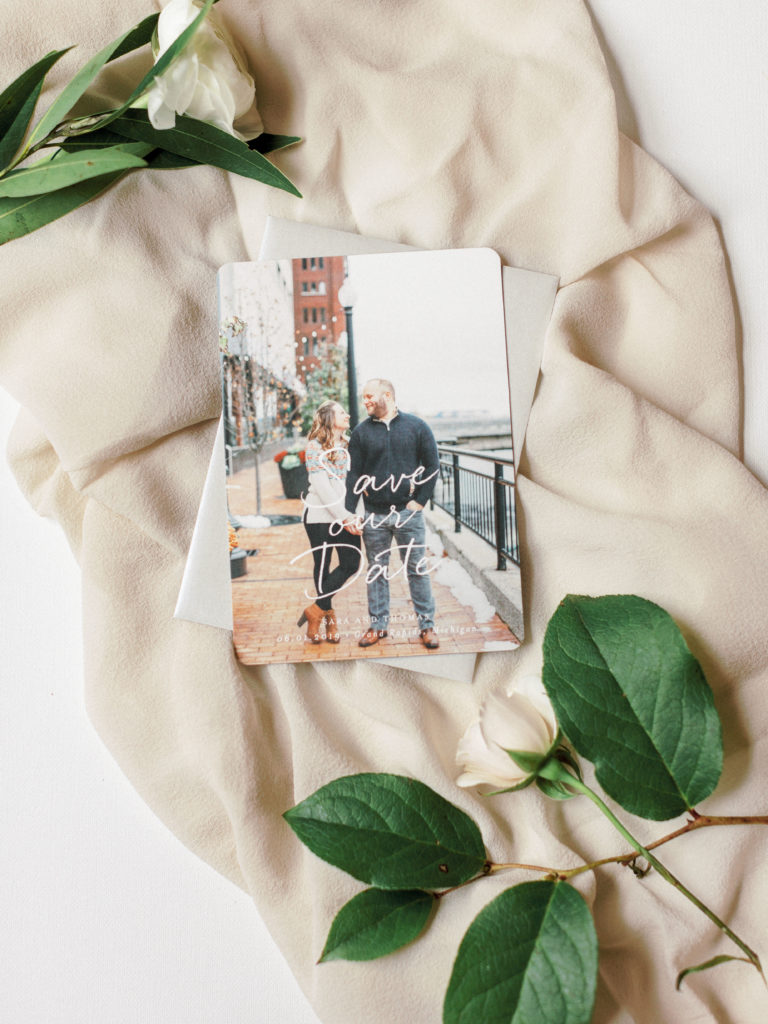
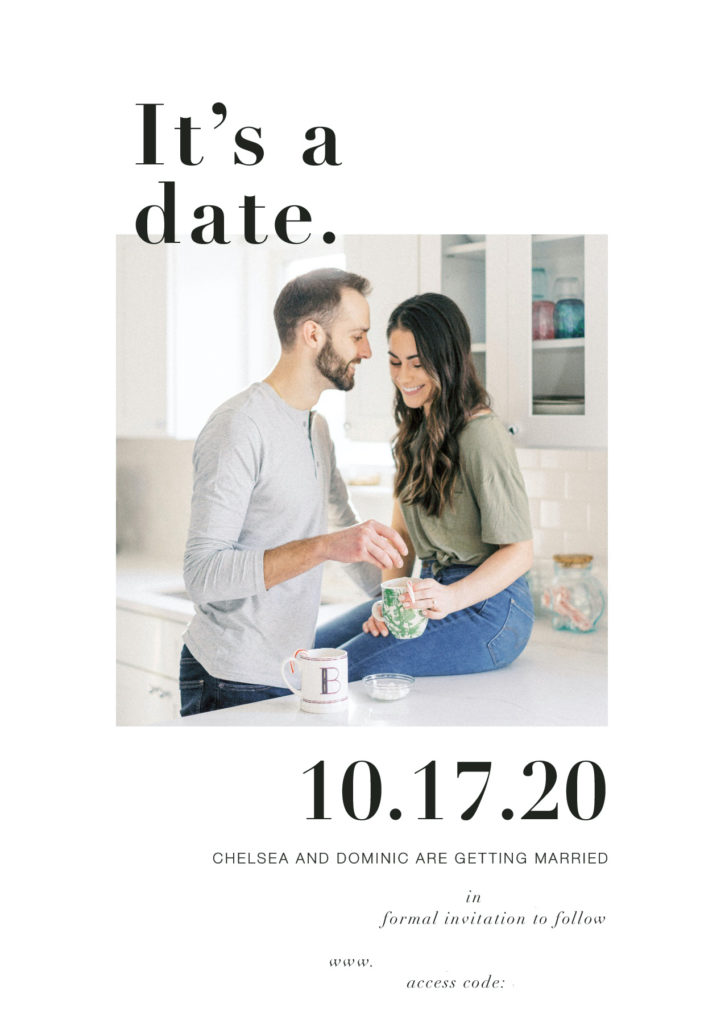

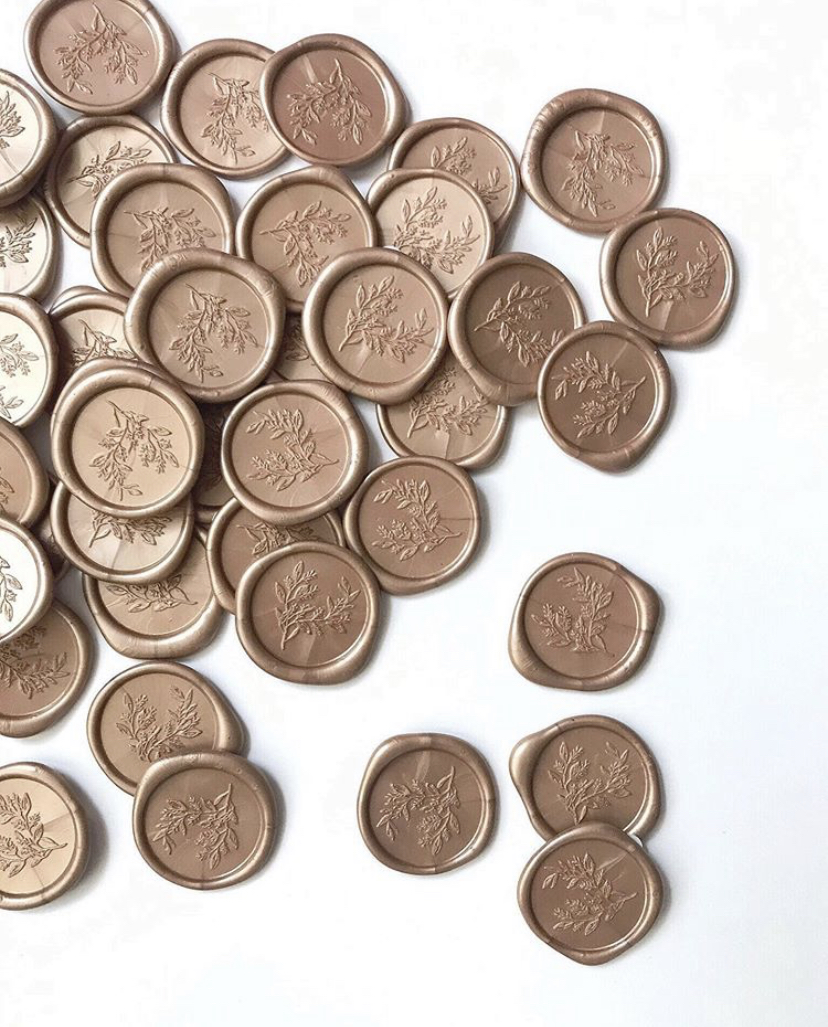
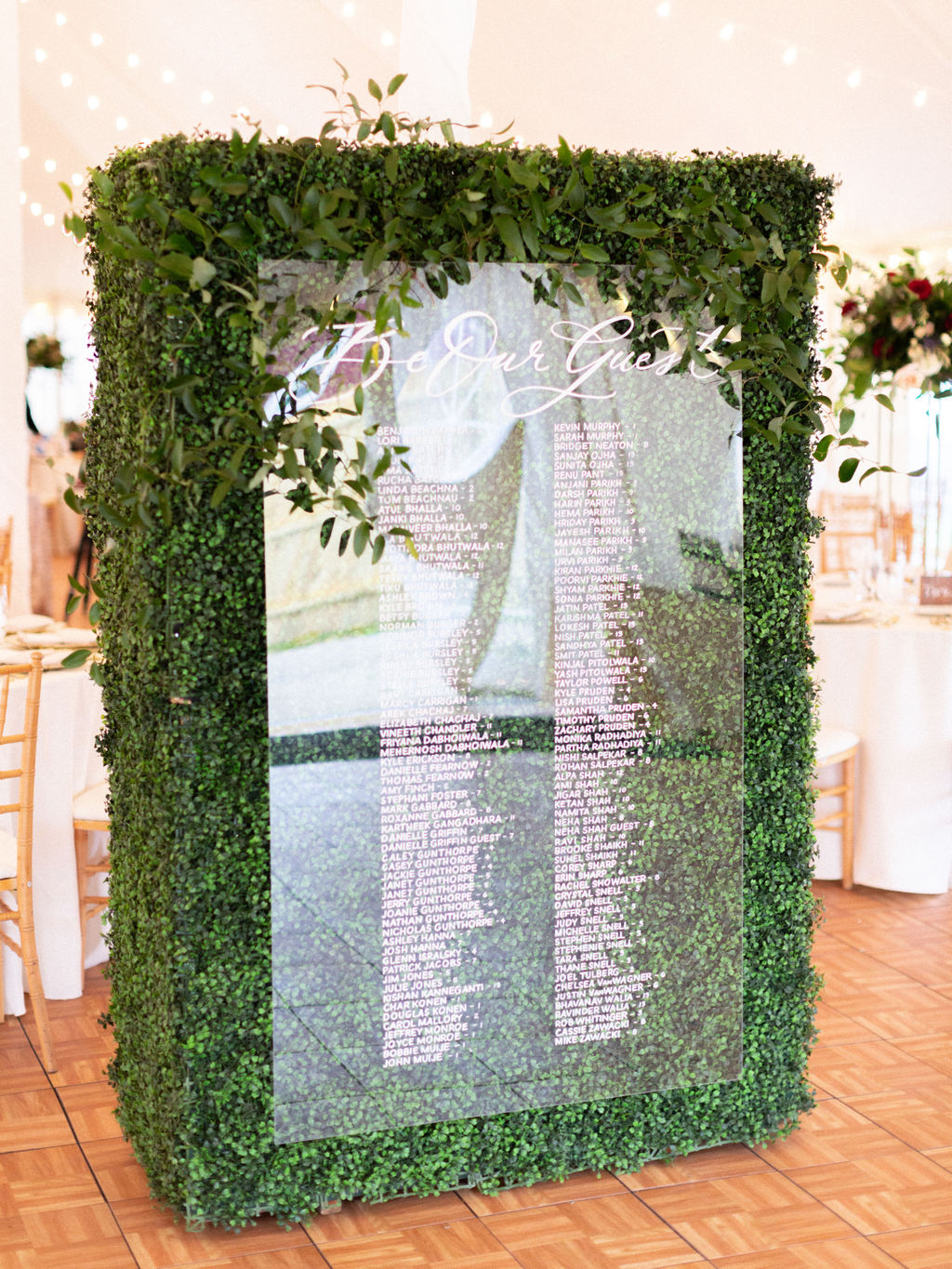

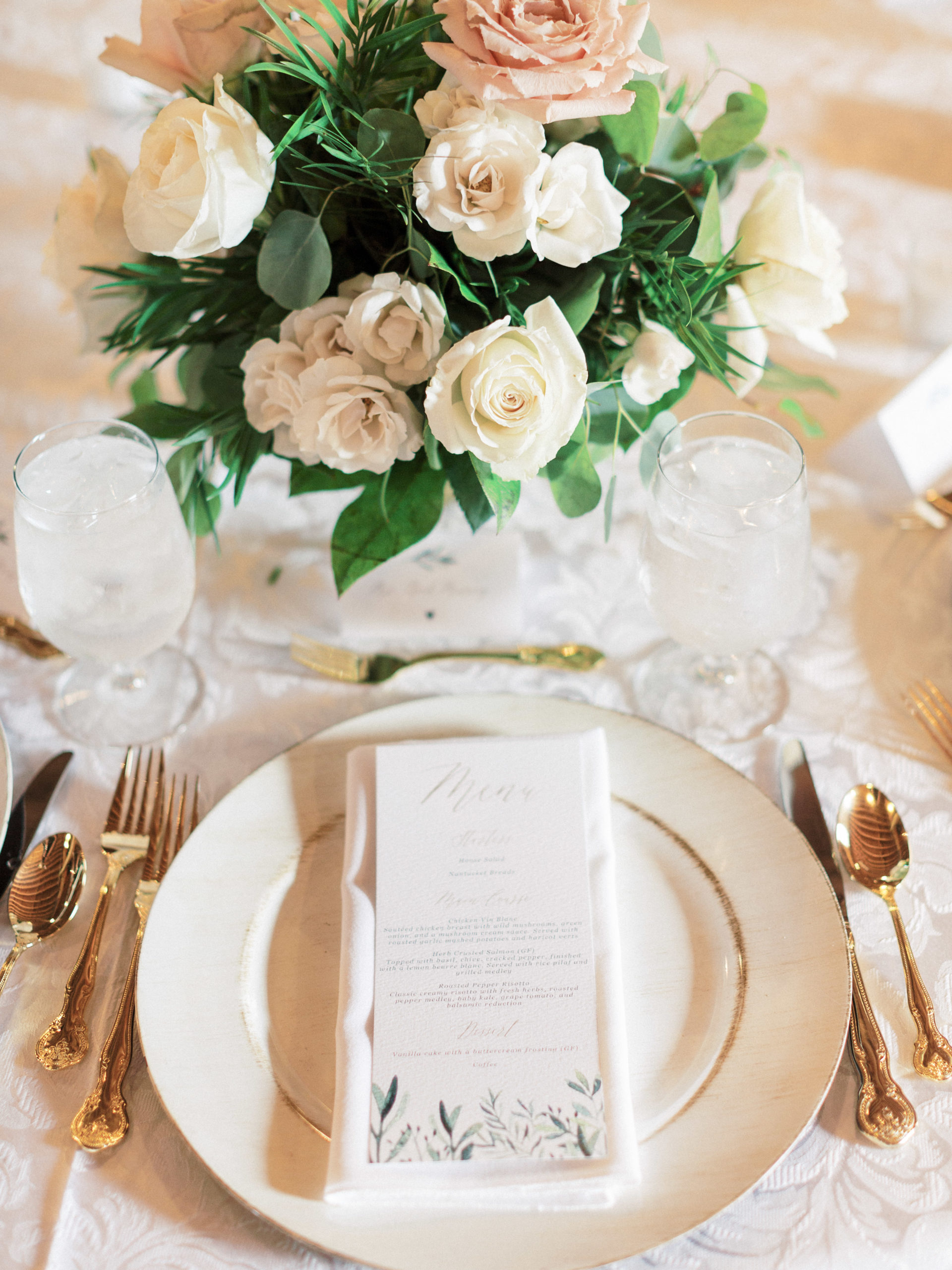


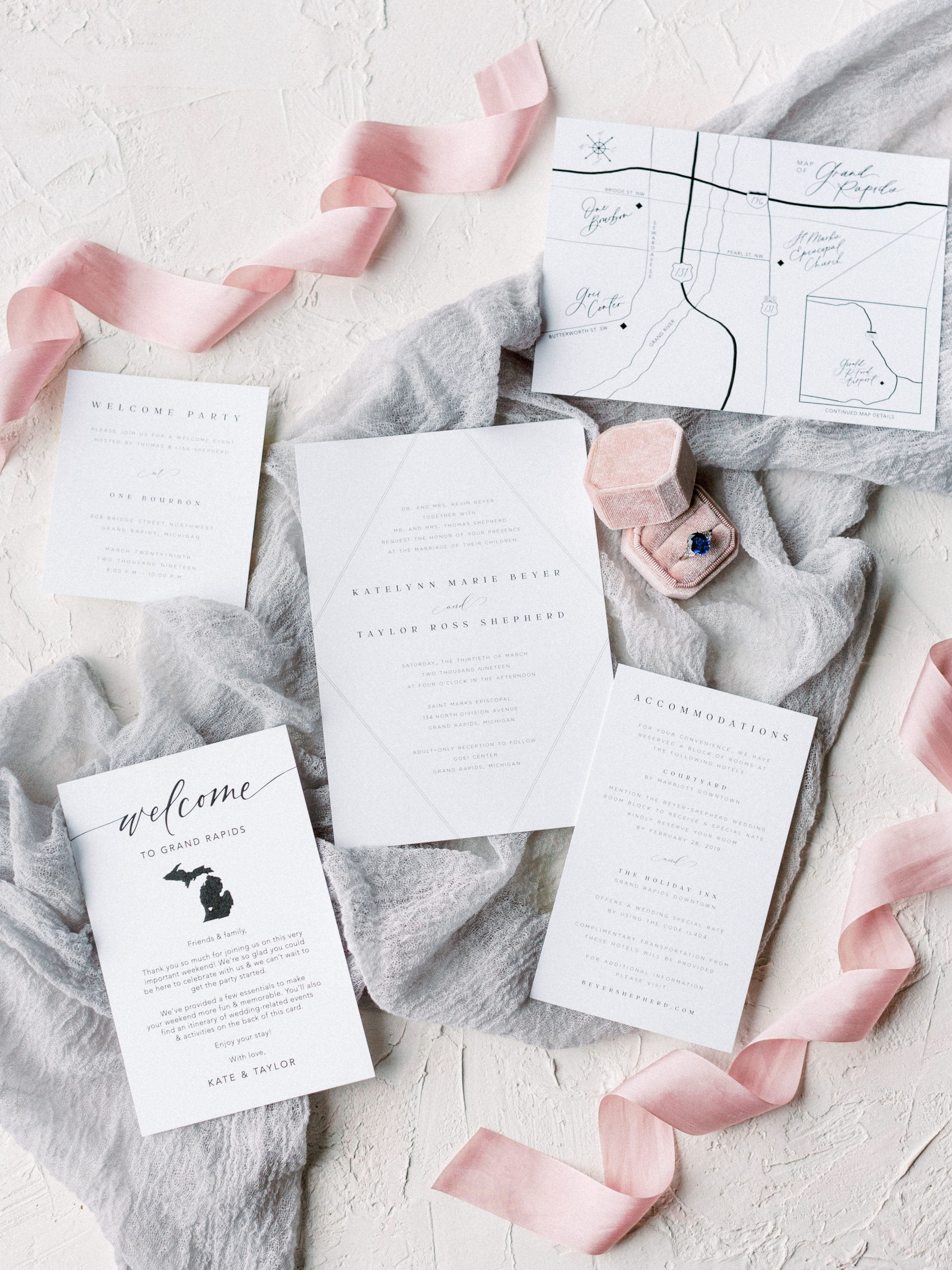
Be the first to comment